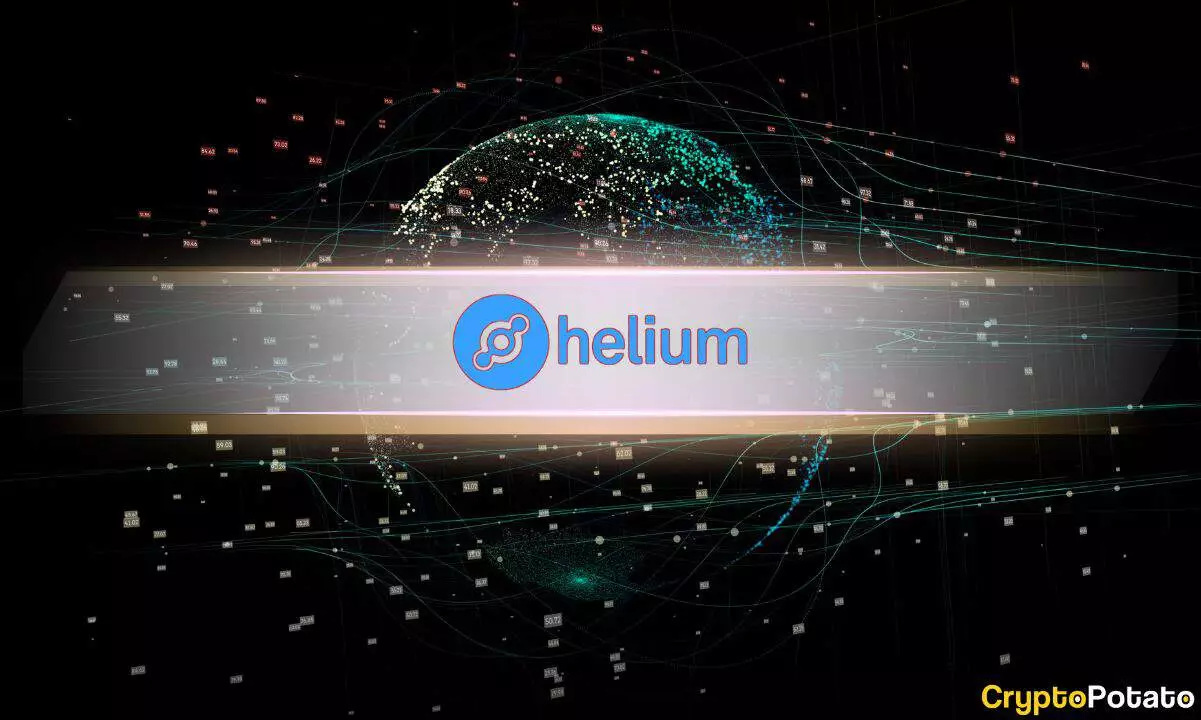Helium’s native token, HNT, is experiencing a shocking decline, marking a pivotal failure in its once-promising trajectory. In the fourth quarter, HNT’s market cap plummeted by 20%, dropping from a respectable $1.3 billion to a disheartening $1.0 billion. This downturn isn’t just a minor blip; it signals a substantial loss of confidence among investors. The price per token slid by an alarming 22%, shifting from $7.54 to a mere $5.88, leaving many to question the sustainability of Helium’s ambitious plans. Market fluctuations are natural, yet this one appears to stem from deeper issues within Helium itself.
Expansion Amidst a Decline: A False Sense of Security?
While the market struggles, Helium Mobile continues to boast expansion efforts, claiming a 14% increase in hotspots, now totaling 24,800. On the surface, such growth might suggest a thriving service, particularly when compared to US telecoms notorious for their outrageous pricing—often exceeding three digits. However, the growth narrative seems hollow when one examines the underlying demand. Helium’s services are increasingly attractive due to price and innovative features like the Discovery Mapping, yet they have been forced to shift incentive models from HNT to Cloud Points. Could it be that this move hints at a desperate attempt to maintain user engagement in a cooling market?
Utility Tested: A Timely, Yet Fleeting Moment
The Helium network’s true utility shone through during Hurricane Helene, where its operational hotspots offered crucial 5G coverage as communities faced widespread outages. While this momentary survival capability is commendable, it begs the question: is reliance on natural disasters a sound business strategy? Shouldn’t the focus be on building consistent user demand rather than waiting for crises to showcase an asset’s strengths? This incident may have illuminated Helium’s potential but poses long-term sustainability concerns about a company that needs constant calamity to prove its worth.
Igniting IoT: The Numbers Tell a Different Story
Helium’s Internet of Things (IoT) network saw a growth of 20% in hotspots, bringing the total to over 375,000. However, peeling back the layers reveals a damning disconnect: although infrastructure is expanding, demand hasn’t kept pace. What good is an expansive network if data transfer remains abysmally low? Daily burns of Data Credits barely scratch the surface, stalling Helium’s attempts to monetize its considerable infrastructure investments. The incessant drive for more hotspots without corresponding consumer interest speaks to a classic case of supply outstripping demand, a precarious situation for any fledgling enterprise.
The Shadow of Hoarding: Trust Erosion
One of the more troubling revelations swirling around Helium involves accusations against its founders and early adopters hoarding millions of tokens at public expense. Reports indicate that insiders may have pocketed rewards worth $250 million during the height of the hype cycle. This fiduciary misconduct not only raises ethical concerns but also breeds distrust within the community. The implication that the public was left with the crumbs from the proverbial feast places Helium in a precarious position, jeopardizing future investments and risking reputational damage that could be hard to recover from.
Broken Partnerships: Damage to Credibility
Adding to Helium’s woes is the fallout over alleged partnerships with notable companies like Lime and Salesforce, both of which have publicly disavowed any significant relationship with Helium. The removal of their logos, paired with Lime’s clarification of a mere 2019 test, raises glaring questions about transparency and the validity of Helium’s marketing strategies. Such misrepresentation creates a domino effect, potentially alienating current users and deterring potential investors. In the competitive realm of telecommunications and IoT, any cloud of suspicion can be fatal; Helium risks being painted into a corner of irrelevance.
Helium’s current trajectory serves as a cautionary tale for any burgeoning tech enterprise. With flagging prices, a misguided expansion narrative, and trust in sharp decline, the path ahead looks fraught with challenges that could reshape or even dismantle its future ambitions.














Leave a Reply